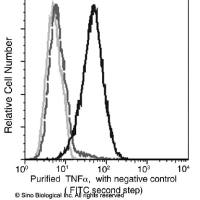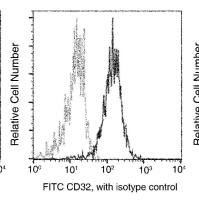Novel Mouse Models for Understanding HIV-1 Pathogenesis
互联网
600
Small animal models in which in vivo HIV-1 infection, pathogenesis, and immune responses can be studied would permit both basic research on the biology of the disease, as well as a system to rapidly screen developmental therapeutics and/or vaccines. To date, the most widely-used models have been the severe combined immunodeficient (SCID)-hu (also known as the thy/liv SCID-hu) and the huPBL-SCID mouse models. Recently three new models have emerged, i.e., the intrasplenic huPBL/SPL-SCID model, the NOD/SCID/IL2Rγnull mouse model, and the $Rag2-/- γc -/- mouse model. Details on the construction, maintenance and HIV-1 infection of these models are discussed.









